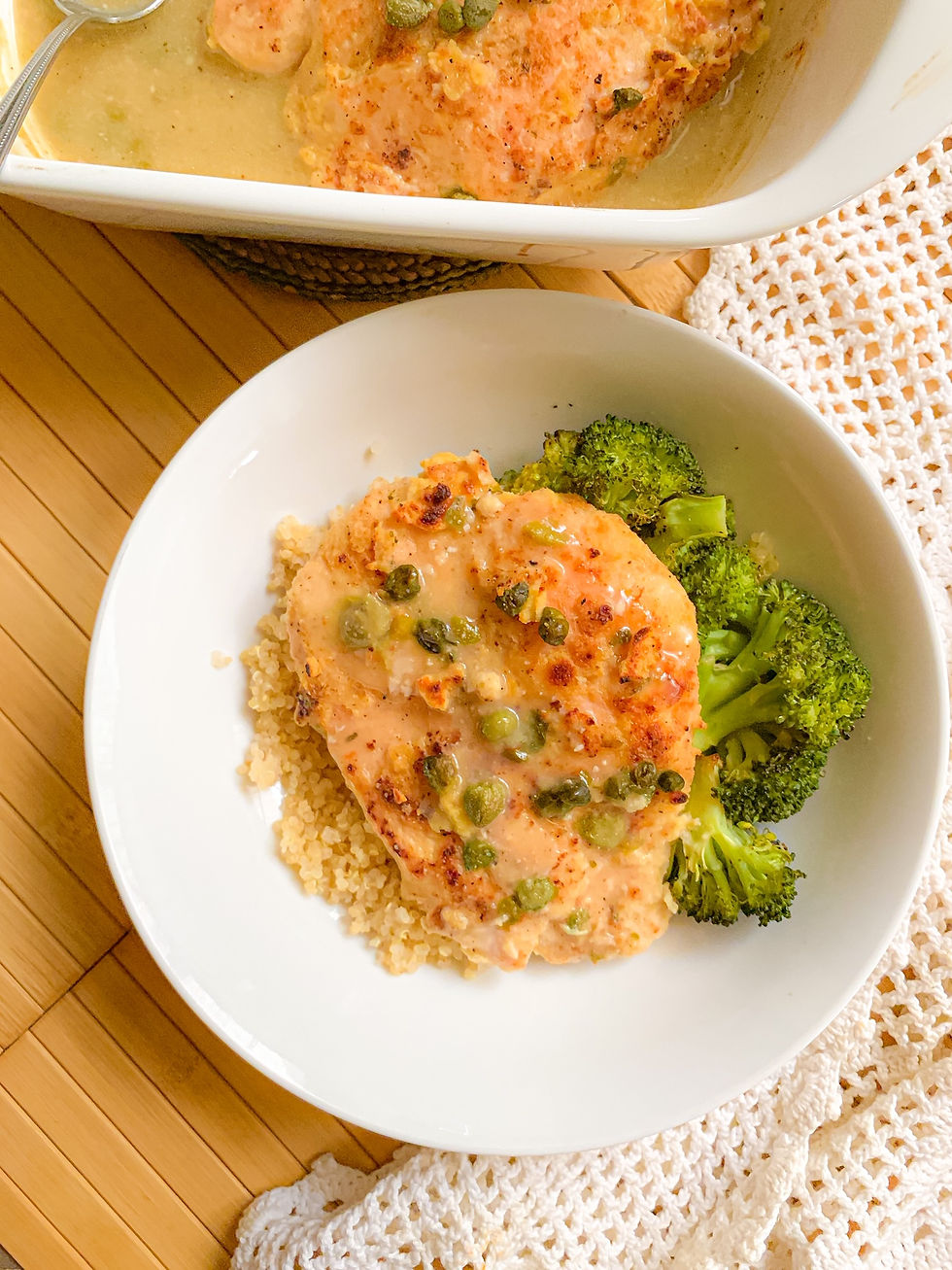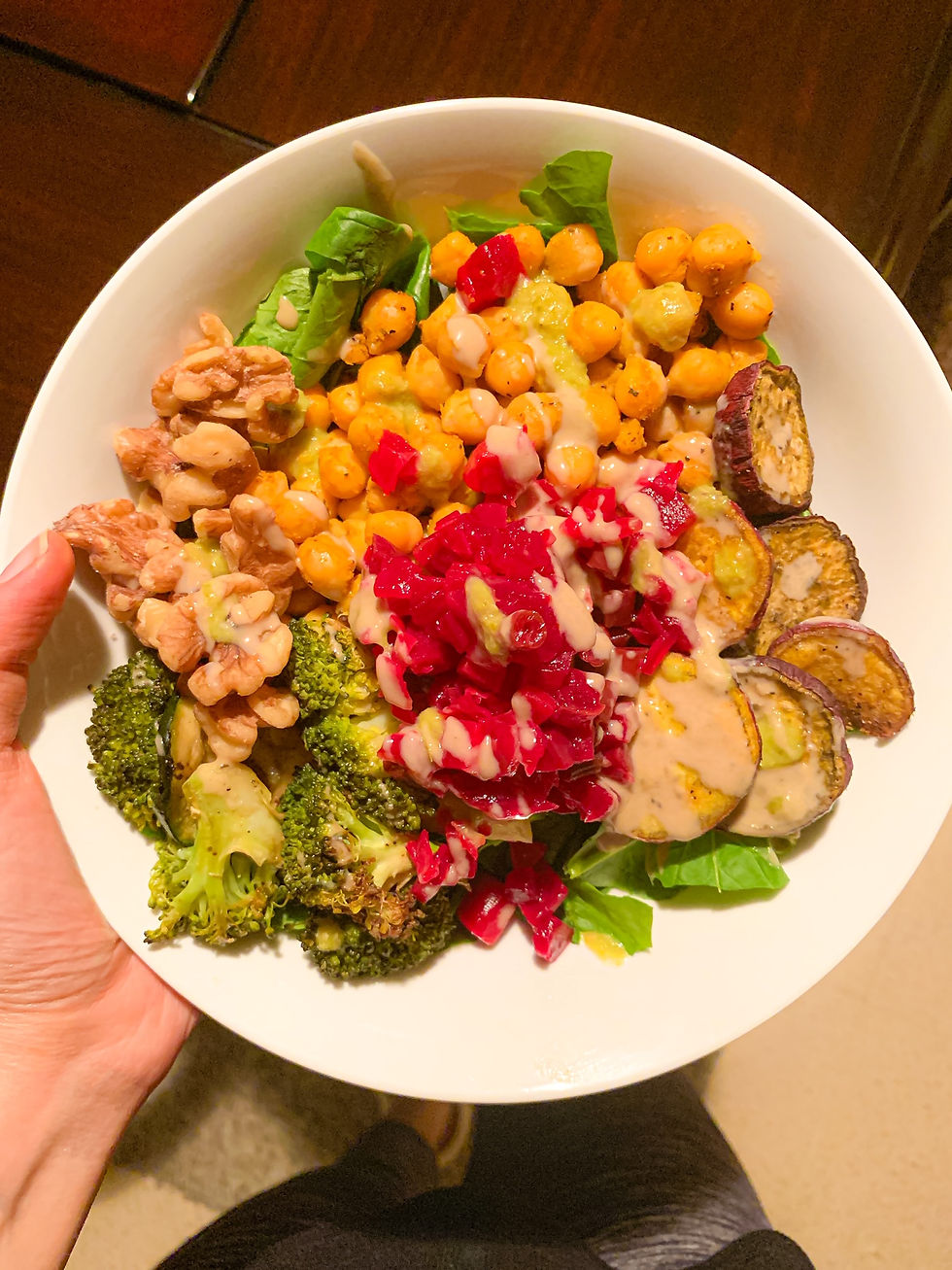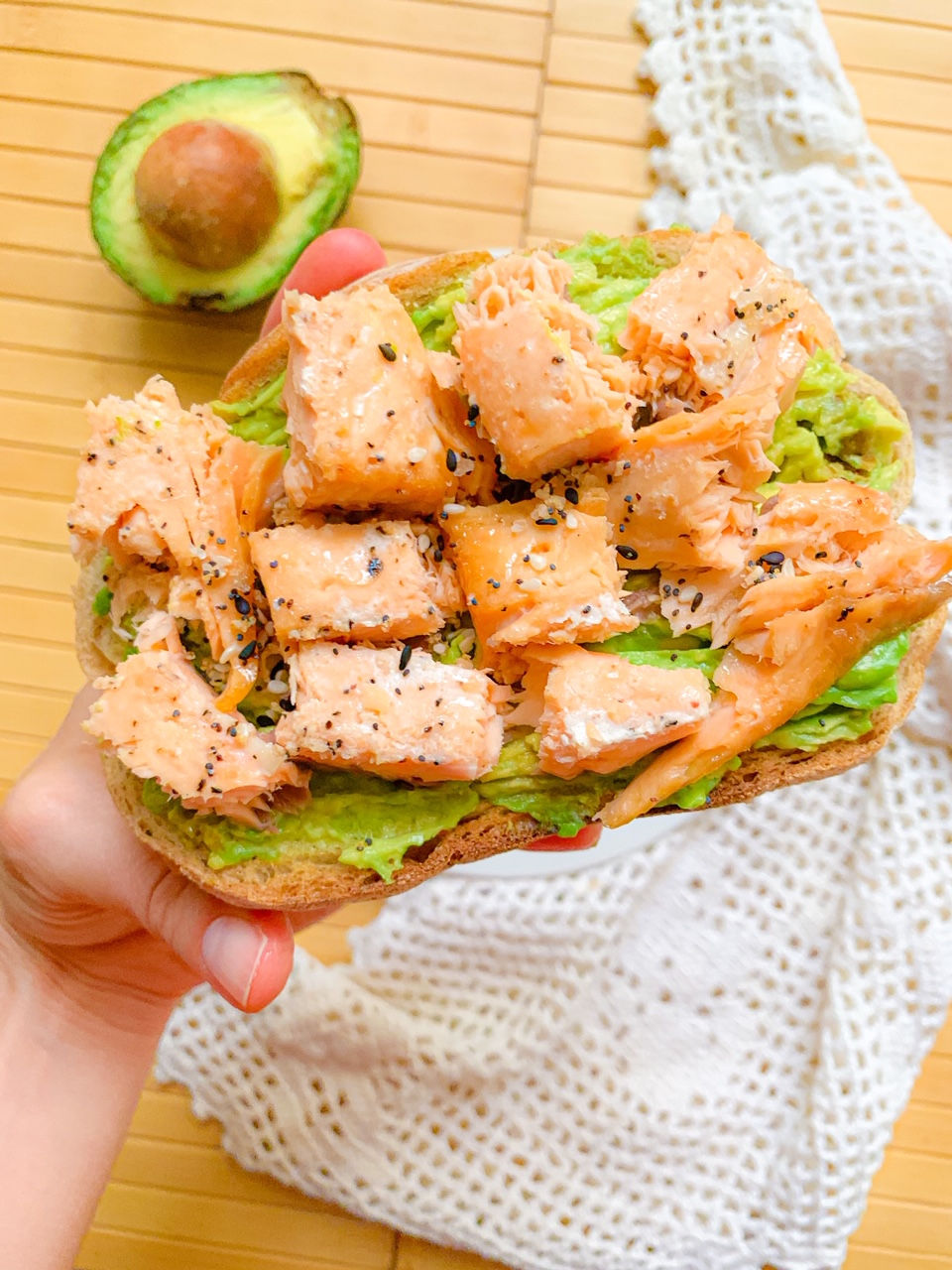Hello everyone! I hope you're doing well! I'm so glad you have been engaging on my posts and stories, I am super grateful for you tuning in!
Since many of you voted for a blog post about "How to Build your Meals", I am going to talk about it on here!
I recommend you to think about the 3 macronutrients every time you're going to cook or improvise a meal with leftovers (if you're not familiar with the 3 macronutrients I will talk about them here, so don't worry).
For a little introduction, these are the famous macronutrients:
Protein: It's a structure made out of amino acids. Proteins are in charge of promoting the production of tissues, enzymes, hormones and muscle. There are proteins that are considered complete or incomplete proteins. They are incomplete proteins when they don't have the 9 essential amino acids. These are commonly seen in plant-based proteins. While all animal based proteins are complete since they have the 9 amino acids in their composition. Where can we find protein sources? the animal sources are very easy: cheese, beef, poultry, fish, eggs, ham, sausage, turkey, etc. Plant-based sources can be found in:
Incomplete proteins: chickpeas, lentils, oats, beans, rice, corn
Complete proteins: nutritional yeast, quinoa, amaranth, edamame, tofu, tempeh.
Carbohydrates: these are our first source of energy in the body (so don't try to skip them because they're needed). There are different types of carbohydrates:
Starch: you can find it in breads, cereals, potatoes, sweet potatoes.
Dietary fiber: it's the non-digestible part of foods like: fruits, oats, veggies, etc. Helps us lower LDL- Cholesterol and improves gut health.
Sugars: this one tends to confuse some people since fruits have sugar in their composition but it's naturally occurrent sugar. This is different to added sugars (that are easily digestible like the ones in fruits) that are found in honey, maple syrup, brown sugar, dextrose, etc. The difference between both sugars is that fruits have the added benefit of fiber which can slow the digestion, avoid glucose spikes and make you feel satiated for a longer period of time. While, honey or any of the added sugars don't have fiber so these can increase glucose spikes and cause a sugar rush and crush.
Fat: it's in charge of protection organs from any injury, helps maintain body temperature, hormone production, part of the cell membrane structure, etc. There are different types of fat:
Insaturated: here we find the famous mono and polyunsaturated fatty acids that I mention the majority of the times. These promote health benefits in our cardiovascular health since they help lower the LDL-Cholesterol. Sources: salmon, avocado, nuts/seeds, olive oil, etc.
Saturated: found primarily in animal sources like: milk/dairy, meats, deli meats, etc. These have been associated with an increase cholesterol levels when they are consumed in excessive amounts.
Trans: this type of fat is typically manufactured by hydrogenating oils. Anytime you check a label and you see any kind of hydrogenated oil, this means that it contains trans fat. This can have a negative impact in our health, especially in our cardiovascular system. You can find this kind of fat in margarine and processed foods.
Okay, now that we had our little introduction to our famous macronutrients, we are going to learn what to consider when building up a meal.
I think the best tool to determine this is ChooseMyPlate. I recommend this, because it's a visual aid that can help you see how your plate can look like.
Many people ask me what scale or cups are better to measure portion sizes, but honestly I don't recommend the use of measuring cups or a scale since this will not be a sustainable practice for every single day. I mean, are you really going to go to a birthday party or travel with your measuring cups? No, right? We can focus on what foods to combine in our plate to have a balanced meal. Based on this picture we can have an idea of how a portion size should look like.

Now that we have this great example that shows what we can include, it might feel tricky to visualize it in a recipe. I will show 3 different examples so you can check it out with real food.
Example #1: In this meal we have the broccoli as our veggie, quinoa as our grain (which also provides plant-based protein) and the chicken as our main protein source. If we want to add fruit into the mix, we can add a small fruit (if we are not full) or as a beverage (we can make our own fruit juice). As a type of fat, we can add avocado/olive oil to our veggies, we can add a type of nut/seed or 1/2 an avocado.

Example #2: This is a very different example since it's an improvised meal. You can see, this meal has the three macronutrients: chickpeas as a type of plant-based protein, sweet potatoes as a carbohydrate, lots of veggies (pickled beets, broccoli and spinach) and walnuts as the type of fat.

Example #3: This a very easy meal to assemble if you're on the go! It provides the 3 macronutrients since the bread is the type of carb, the avocado provides fat and the salmon is the main source of protein. To fulfill yourself and include more fiber, micronutrients and antioxidants you can incorporate a side of your fave veggies.

I hope these examples with real meals are helpful to you to visualize how easy it is to build a meal.
If you have any other questions feel free to send me a DM or an email to andreamarro75@gmail.com.
References:
ChooseMyPlate picture: https://www.usda.gov/media/blog/2016/06/06/myplate-turns-five-celebrating-new-resources-2016
Коментарі